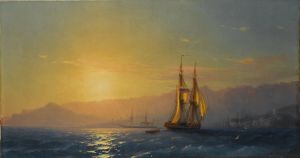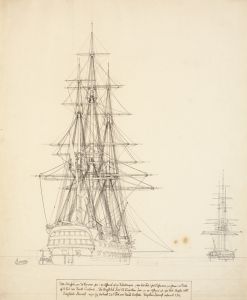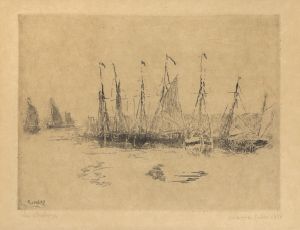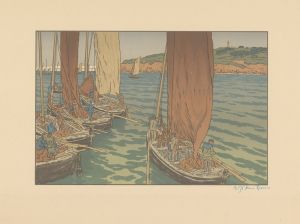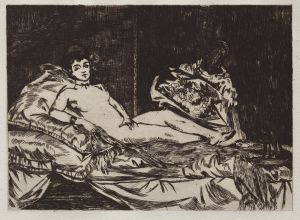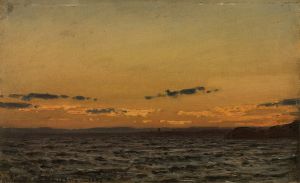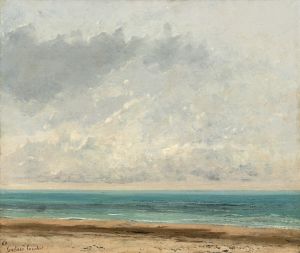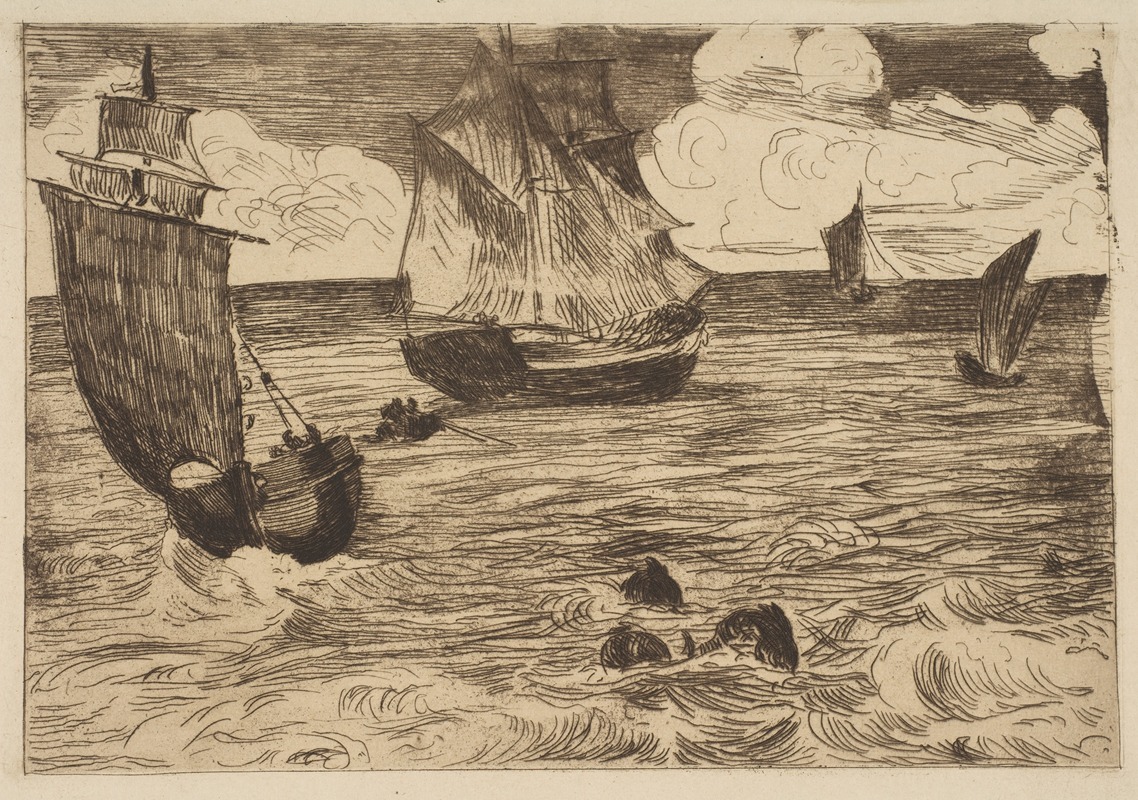
Marine
A hand-painted replica of Édouard Manet’s masterpiece Marine, meticulously crafted by professional artists to capture the true essence of the original. Each piece is created with museum-quality canvas and rare mineral pigments, carefully painted by experienced artists with delicate brushstrokes and rich, layered colors to perfectly recreate the texture of the original artwork. Unlike machine-printed reproductions, this hand-painted version brings the painting to life, infused with the artist’s emotions and skill in every stroke. Whether for personal collection or home decoration, it instantly elevates the artistic atmosphere of any space.
Édouard Manet, a pivotal figure in the transition from Realism to Impressionism, painted "Marine" in 1864. This artwork is an example of Manet's interest in maritime subjects, which he explored during his career. The painting depicts a seascape with a focus on the interplay of light, water, and atmosphere. It is characterized by its loose brushwork and subtle tonal variations, hallmarks of Manet's evolving style during this period.
"Marine" reflects Manet's admiration for the sea, a theme he revisited in several of his works. The painting captures the movement and texture of the water, emphasizing the natural beauty of the ocean. It is believed that Manet's inspiration for such seascapes came from his travels and his exposure to the works of earlier maritime painters, though he approached the subject with his own modern sensibility.
The painting is relatively simple in composition, with a focus on the horizon and the expansive sky above. This minimalist approach allows viewers to immerse themselves in the scene, evoking a sense of tranquility and openness. The use of muted colors and soft transitions between elements creates a harmonious balance, showcasing Manet's skill in capturing the ephemeral qualities of nature.
"Marine" is housed in the Musée d'Orsay in Paris, France, which holds a significant collection of Manet's works. The painting is often noted for its role in bridging traditional seascape painting with the more experimental techniques that would later define Impressionism. While not as widely recognized as some of Manet's other masterpieces, such as "Olympia" or "The Luncheon on the Grass," "Marine" remains an important example of his artistic exploration and his contribution to modern art.
Manet's approach to "Marine" demonstrates his ability to blend realism with a more subjective, emotional interpretation of the natural world. This painting, like many of his works, challenged the conventions of academic art at the time and paved the way for future generations of artists to explore new methods of representation.






